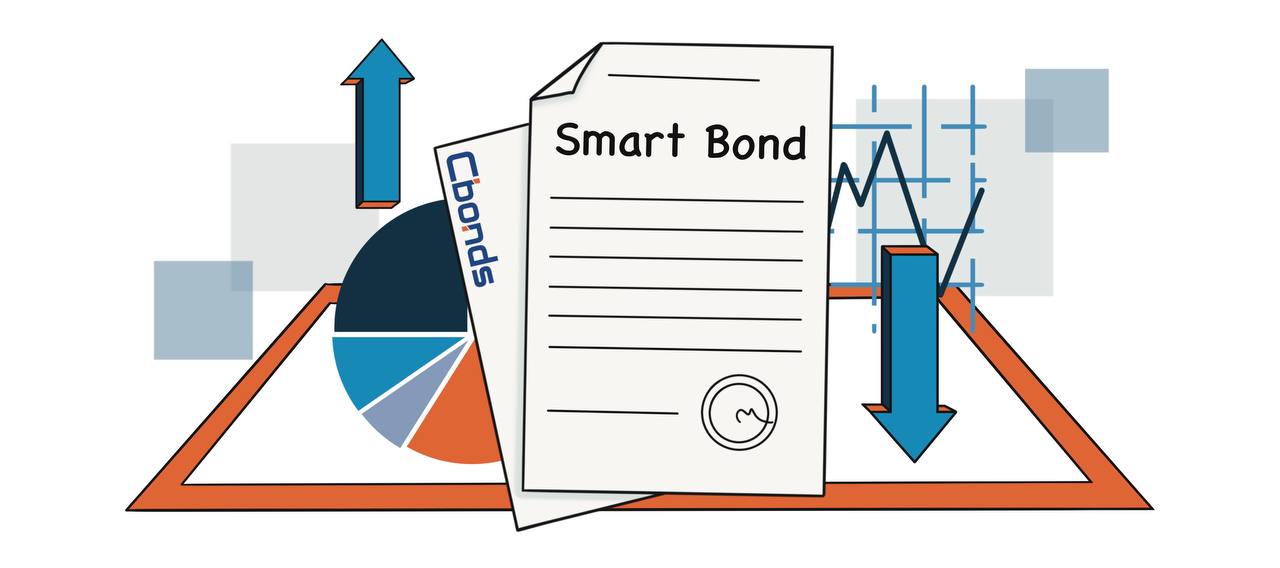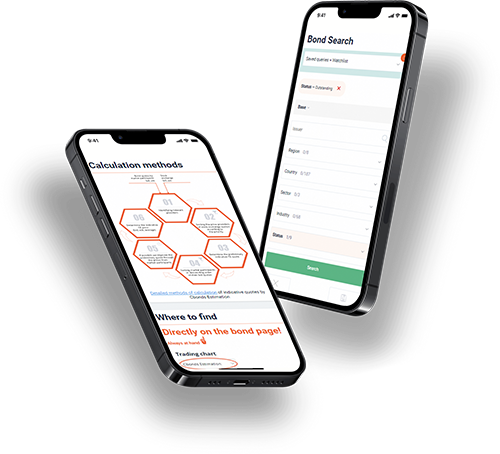By
Konstantin Vasilev Member of the Board of Directors of Cbonds, Ph.D. in Economics
Updated December 16, 2023
What is a Smart Bond
A smart bond, also known as a blockchain bond, is a distinctive form of an automated bond contract leveraging the capabilities of blockchain databases. Operating as cryptographically-secure yet open and transparent general ledgers, these bonds utilize Distributed Ledger Technology (DLT). As part of the broader category of financial instruments called smart contracts, which are computerized transaction protocols, smart bonds incorporate a unique feature set that facilitates trust and efficiency in the bonding process.
Smart Bonds Explained
Smart bonds, often referred to as blockchain bonds, present a groundbreaking approach to the issuance and management of financial instruments. In stark contrast to the conventional bond issuance process, which can be lengthy and intricate, involving numerous intermediaries and stakeholders with conflicting objectives, smart bonds introduce a true one-step adhesive approach. This streamlined process minimizes complexities and enhances efficiency throughout the entire bonding process.
The traditional issuance of bonds faces challenges such as a general lack of standardization in primary markets, leading to information asymmetry, inefficient pricing, high costs, and prolonged settlement times in the secondary market. In response, smart bonds utilize innovative technology to follow a more efficient protocol, introducing features that address these challenges. The incorporation of blockchain technology creates a decentralized database of unique digital assets, revolutionizing financial capital markets.
One revolutionary aspect of smart bonds is their potential to eliminate the need for numerous intermediaries in bond transactions, introducing a protocol that simplifies the process and significantly reduces fees associated with bond transactions. By cutting out these middlemen, blockchain bonds facilitate a more direct and cost-effective interaction between issuers and investors, reshaping the landscape of financial transactions.

Why Smart Bonds are Issued
Smart bonds are issued to leverage the numerous advantages offered by blockchain-driven solutions, incorporating Distributed Ledger Technology (DLT). Unlike traditional practices of bond record-keeping, the blockchain-driven approach brings about enhanced efficiency and transparency to the issuance process.
The utilization of Distributed Ledger Technology ensures shared records, promoting consistency in market data and reducing complexity and opacity. This innovative approach provides a secure environment where sensitive information remains unalterable but is accessible to all participants through unique hardware configurations. The transparency introduced by smart bonds addresses the inherent drawbacks of conventional bond issuance, which is often perceived as time-consuming, difficult, and relatively less secure.
Benefits of Smart Bonds
-
Issuance and Trading. Smart bonds streamline the issuance and trading process by encoding the price and details of a bond into a smart contract on a blockchain. This ensures authenticity, ownership, and transparency for the newly issued bonds. The use of smart bond tokens, allocated to investors, allows for automatic payment deductions from their accounts, settling transactions instantly across all time zones. This decentralized trading environment eliminates intermediaries like brokers or dealers, promoting a direct and transparent interaction between issuers and investors. Smart contracts continually update the bondholder registry, ensuring an accurate record of ownership.
-
Clearing and Settlement. Smart bonds leverage smart contracts to enable near-instant clearing and settlement, significantly reducing transaction time and minimizing the risk of price fluctuations. Unlike traditional settlement processes constrained by regular banking hours and potentially taking several days, smart bond settlement is not restricted by banking hours. While subject to certain trading platform rules, this accelerated settlement process enhances efficiency and reduces operational risks associated with delayed settlements.
-
Interest Payment and Maturity. Smart contracts introduce automation to interest payments, ensuring timely disbursement to bondholders on specific payment dates. This automation minimizes counterparty risk, providing a reliable and secure mechanism for interest payments. Additionally, when a smart bond reaches maturity, the principal amount is automatically returned to the bondholder. This automation not only reduces the risk of default but also guarantees a streamlined and dependable payment process.
How Smart Bonds Can Be Used
Smart bonds, particularly in the context of AT1 bonds, offer a compelling solution to address the complexities and uncertainties associated with traditional bonds, providing a more efficient and secure alternative. Here’s how smart bonds can be used:
The case for AT1 bonds is intriguing, given their role as "contingent convertible" bonds (CoCos) designed to prevent government-funded bailouts and instill trust in banks post the 2007-08 financial crisis. The current AT1 bond market is valued at approximately USD 250 billion.
AT1 bonds differ from traditional bonds due to their specific trigger events, allowing conversion into equity or triggering "write-offs" during financial crises. Unlike traditional bonds, AT1 bonds lack a fixed maturity date, adding to their complexity. This complexity and the lack of standardization, stemming from various conditions, trigger levels, and structuring, have left bondholders uncertain and susceptible to losses, particularly in the aftermath of recent banking crises.
Blockchain technology and smart contracts present a potential solution to these issues by transforming AT1 bonds into smart bonds. This transition optimizes the entire bond lifecycle, from efficient fundraising to equity conversion. Smart contracts, operating on a blockchain, can monitor the financial health of issuing banks in real-time. They can automatically adjust bond terms or trigger predefined actions when indicators of financial distress are detected.
The implementation of smart bonds not only protects bondholders but also incentivizes banks to prioritize responsibility from the outset. By preventing banks from deteriorating to the point of bond losses, as witnessed in cases like Credit Suisse and Yes Bank, blockchain technology instills greater confidence in the integrity of financial institutions and the reliability of these bonds.
Example
An exemplary illustration of smart bonds can be found in the issuance by Bank of China Investments on June 13, 2023. In this instance, the bank issued a 1-year bond amounting to USD 28 million, utilizing the innovative technology of Public Ethereum.
This smart bond issuance showcases the integration of blockchain technology, specifically on the Public Ethereum platform, to enhance the efficiency, transparency, and security of the bond issuance process. By leveraging the capabilities of blockchain and smart contracts, the Bank of China Investments ensures a streamlined and trustworthy mechanism for managing the bond, from issuance to maturity.
The use of Public Ethereum as the underlying technology underscores the adaptability of smart bonds to established blockchain platforms, emphasizing the potential for widespread adoption in the financial industry. This example demonstrates how smart bonds can be employed to modernize traditional financial instruments, offering a glimpse into the future of more efficient and technologically advanced bond markets.
Bond Screener
Watchlist
Excel Add-in
API





















